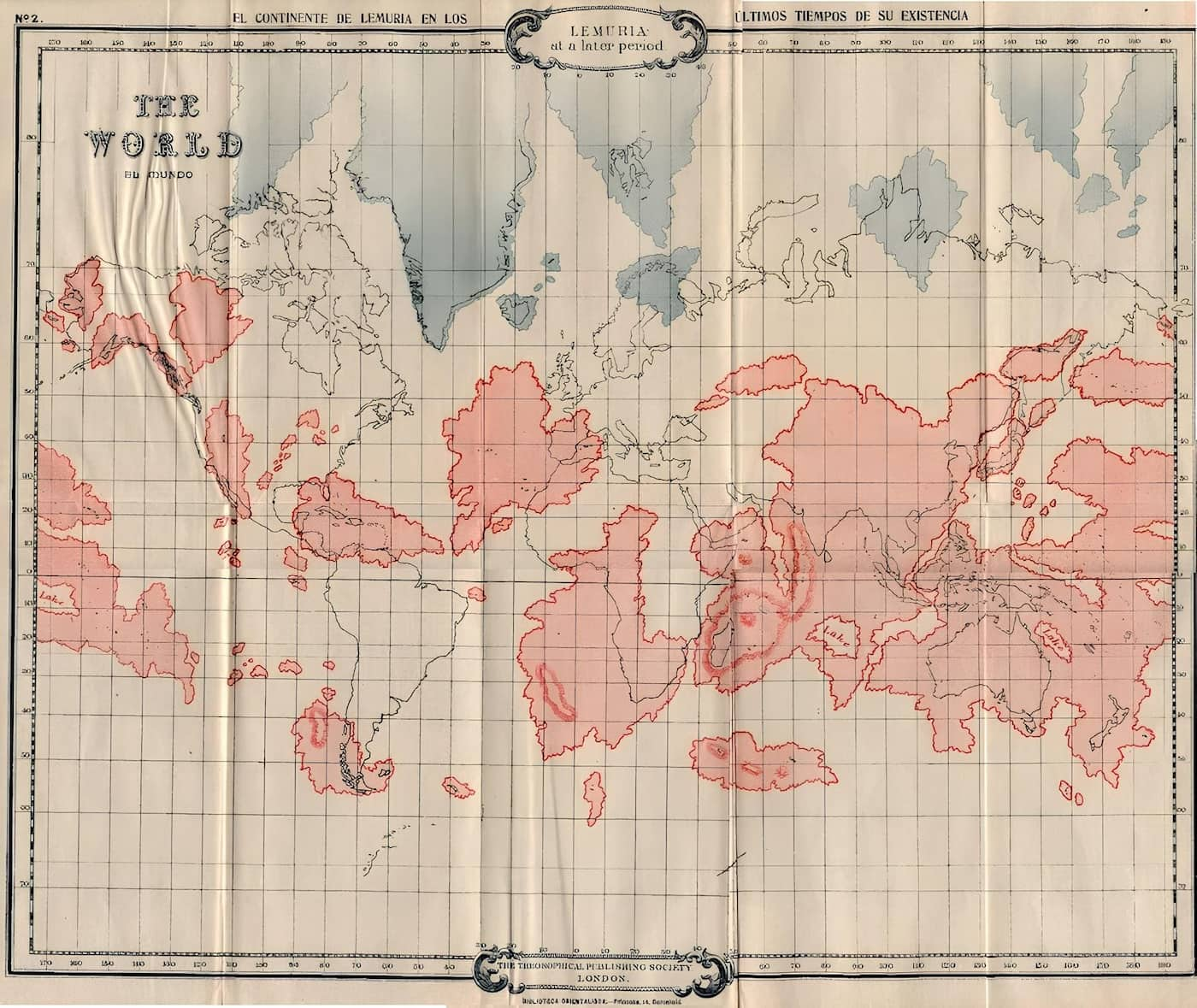Lemuria: The Lost Continent that Sank in the Indian Ocean
Lemuria is a hypothetical lost continent often suggested in various pseudoscientific and esoteric beliefs. It is not recognized by mainstream geology or archaeology.

Lemuria is a hypothetical lost continent often suggested in various pseudoscientific and esoteric beliefs. It is not recognized by mainstream geology or archaeology.

